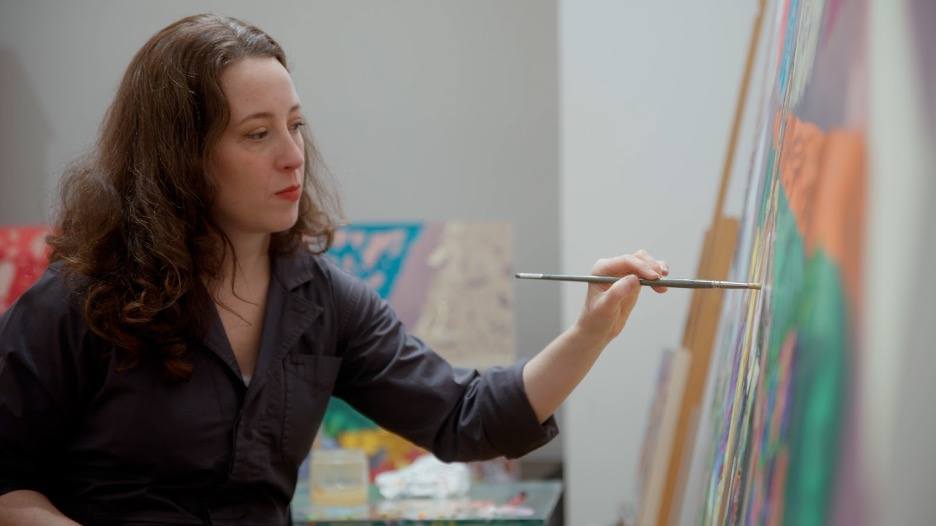Aliza Nisenbaum

Aliza Nisenbaum was born in 1977 in Mexico City, Mexico, and lives and works in Queens, New York. In 2001 Nisebaum received her BFA from the School of the Art Institute of Chicago, later receiving her MFA from the same institution in 2005. Painting portraits of individuals and groups, the artist forms intimate relationships with her sitters that become evident in highly detailed paintings that humanize, honor, and make visible the underrepresented and underserved. Her portraits often depict her subjects in moments of reprieve or contemplation, revealing an interiority to the figure while situating them in environments that reflect their cultures, personalities, and relationships. Throughout her practice, Nisenbaum demonstrates the value of caring, compassionate, and ethical relationships and makes politically potent work through who and how she chooses to represent.
The artist’s career in portraiture began in 2012 while teaching at Tania Bruguera’s Immigrant Movement International (IMI). While at IMI, Nisenbaum’s students were predominantly immigrants from Mexico and Central America, who she got to know intimately through the course, and eventually she began to paint portraits of them and their extended families. Always painting from observation, Nisenbaum’s practice activates the philosophy of Emmanuel Levinas, who asserts that the face-to-face encounter demands an ethical engagement with others. Through this, the artist integrates her interests in social work and community engagement into her painting practice and forms meaningful relationships with her subjects. In her 2022 painting Pedacito de Sol (Vero y Marissa), the artist depicts a woman and her daughter, Viglolforica Ramírez and Marissa Campiz, who she first met, painted, and befriended through IMI in 2012. The painting depicts the mother and daughter as they lie in quiet repose on their couch surrounded by various representations of their interests and culture; Mexican papel picado are strung above the couch, a song written in the Central American language Nawat rests on a stand beside Ramírez’s beloved bicycle, while Campiz’s notebooks and folders are piled nearby on the floor.
By participating in community with her subjects, the artist forms strong and extensive relationships with them, be they individuals or groups, and integrates this deep understanding into her work. To paint Morning Security Briefing at the Minneapolis Institute of Art, Basement Door Open onto the Guard Lounge Pet Wall (2017), Nisenbaum met the members of the museum’s security team, played kickball with them, and ate dinners at their homes, all in preparation to paint the communal portrait of the guards. Just as in her individual or small group portraits, her paintings of large groups, such as The Ones who Make it Run (Delta Terminal C, LaGuardia Airport) (2022), focus on her subjects as unique individuals who she comes to understand through long engagements with them. Through mutuality and a commitment to her subjects, Nisenbaum shows each sitter in their full humanity and shares that vision with the world.
Links:
Artist’s website
Videos 2
-
Aliza Nisenbaum
“The biggest resource we have is these relationships and the communities that have continued. Your resources are your people around you.”
Aliza Nisenbaum


